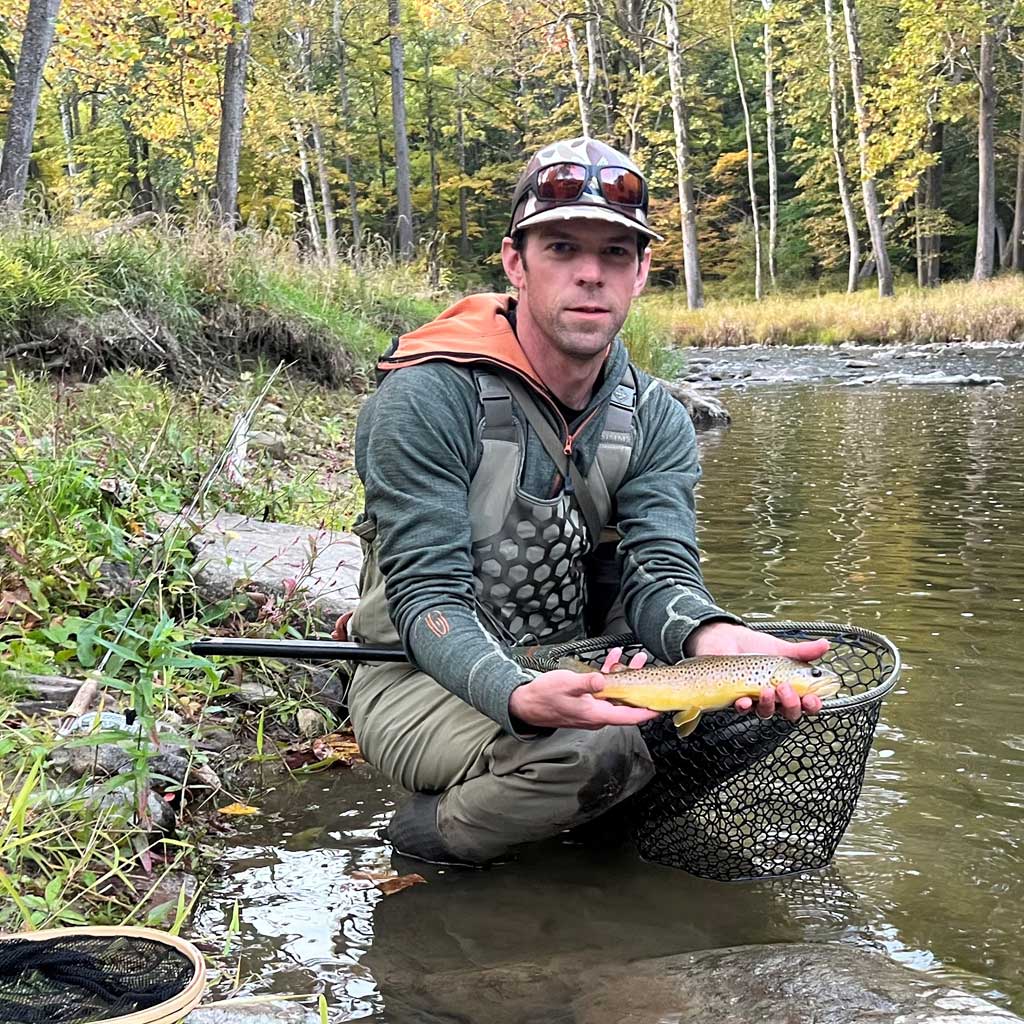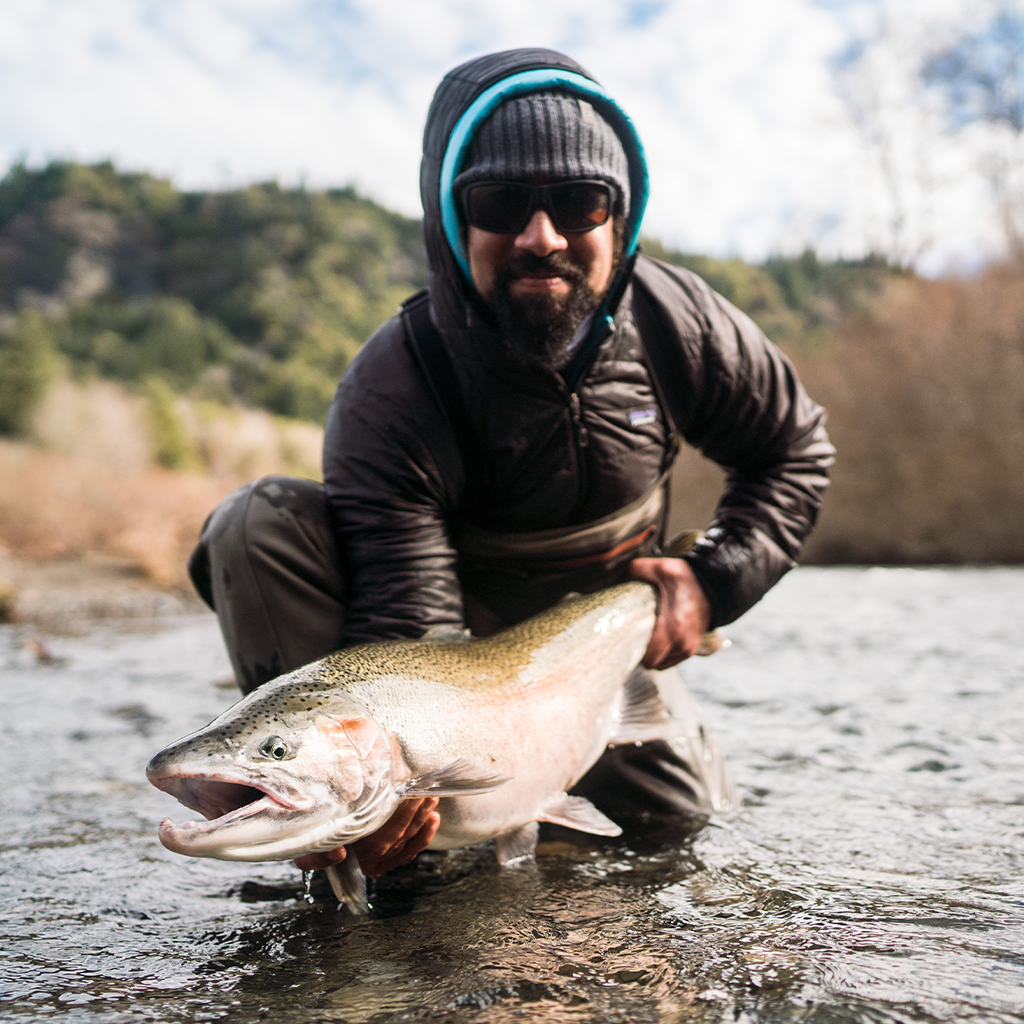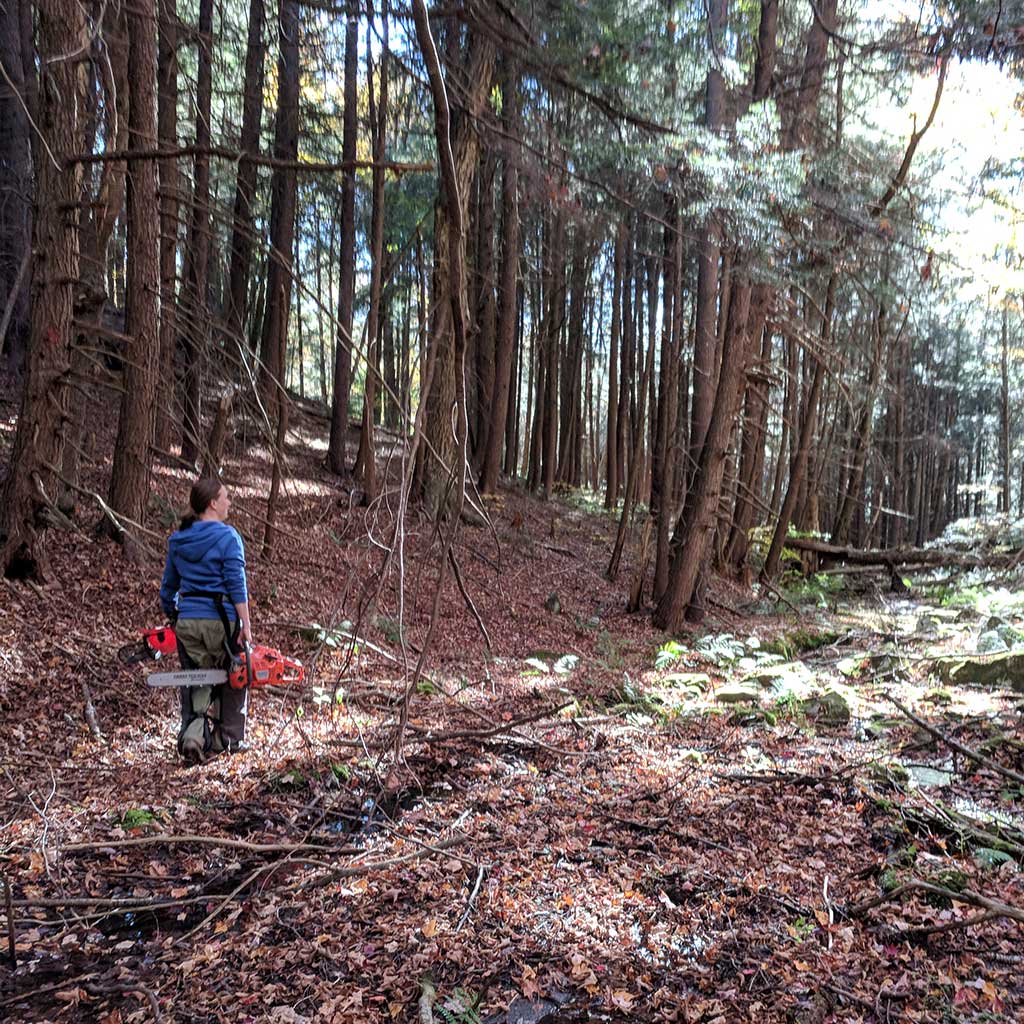Team spotlight
Extraordinary team members are the heart of Trout Unlimited.
At TU, our passionate team of over 300 scientists, field experts, government affairs, operations, outreach, and development professionals fuel a comprehensive approach to watershed conservation.
Together, the TU team builds strong partnerships with governmental agencies, local communities, resource managers, and grassroots volunteers. We are a coalition of technical experts, field pioneers, passionate anglers, and tireless advocates. We are all working toward a shared vision of cold, clean water. TU’s staff drive a unique blend of science, policy, advocacy, and boots-on-the-ground impact to create lasting resiliency in our water resources.
Our efforts generate a ripple effect as we partner with diverse communities to care for their rivers through over 400 councils and chapters nationwide.
At TU, our people drive measurable, meaningful change for irreplaceable waters nationwide.

Seth Coffman – Chesapeake Bay Project Manager
For 15 years, Seth Coffman has partnered broadly to restore coldwater tributaries of the Shenandoah – including Beaver Creek. A few years ago, Beaver Creek was shallow and lacked quality cover and spawning habitat for trout. Today, thanks to Coffman’s dogged efforts, the creek runs deep and narrow, providing better habitat and supporting a more robust population of fish. Thanks to that work the Massanutten TU Chapter hosts the Beaver Creek Invitational where disabled veterans fish the restored waters. “I’ve [talked to] veterans from all services who are now coming here to reconnect with Mother Nature and other veterans. It helps them out with their re-entry into society after the time they have served,” one participant said.

Rene Henery – Science Director, TU California Program
At the intersection of policy, research, and practice, Rene Henery makes an impact across California. Beyond his working leading TU’s science efforts in the Sunshine State, Henery provides leadership for TU’s equity and diversity efforts. He emphasizes the strength that diversity brings to any system, whether it be a river or an organization. “Every person…is a collection of culminating moments in a long and unique thread of life through time,” Henery writes. “The opportunity of a diverse system really becomes about all of those unique expressions becoming fully realized together.”

Greg McReynolds – Intermountain Regional Director
Greg McReynolds has been leading policy and advocacy campaigns at Trout Unlimited for 16 years. These days, he’s busy conjuring up funding for grassroots organizing, tracking research findings, weighing in on policy, and amplifying a critical message: now is the time to save wild the Snake River salmon by removing the lower four dams. The work ahead is complex, but maintaining public momentum plays a pivotal role in moving toward a solution that will save salmon and trout in the Snake River. It’s a decades long effort to recover once-thriving populations of salmon and steelhead, now declined by more than 90 percent. “For 50 years, we have tried barging fish, increasing spill over the dams, producing hatchery fish, and implementing dozens of other mitigation efforts,” said McReynolds. Today, he says the science is clear: the dams must come out to avoid extinction. And he’s focused on making that vision a reality.

Erin Rodgers – Western New England Project Manager
Even in a crisis, Erin Rodgers sees an opportunity to rise stronger than before. After floods devastated the Northeast in early 2023, Rodgers and her colleagues at TU saw the structures they’d put in place to create greater resilience in the ecosystem had fared even better than expected, mitigating greater destruction to the surrounding area while unrestored sites were decimated by floodwaters. Now, Rodgers and her team are identifying the opportunities to manage the disasters to come. Prior to flooding, “our field team had [just] gone around the whole state and done a bunch of monitoring,” Rodgers said. “We’ve got ‘before’ data and now we’re going around getting the ‘after’ data.”

Corey Fisher – Senior Lands Policy Director
Like restoring natural processes on a wild river, TU’s policy outcomes take time to flourish. Measurable progress can take months, years, or even decades. That’s why policy experts bring knowledge, a collaborative spirit, and a long view to their work. That’s especially true for Corey Fisher, whose work involves shaping policy to facilitate the clean-up of abandoned mines and modernize the woefully outdated 1872 Mining Law. Fisher and the TU Government Affairs team helped inspire and inform the bipartisan Good Samaritan Remediation of Abandoned Hardrock Mines Act of 2023, addressing mines that impair 22,000 miles of stream with mine drainage and heavy metals.